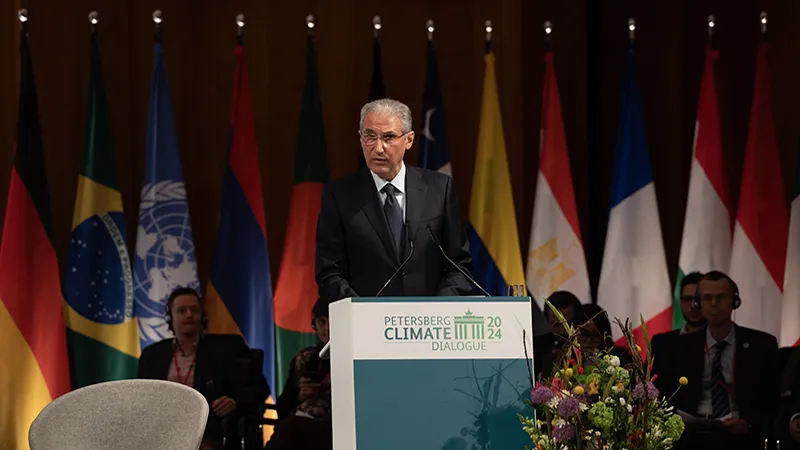If for nothing else, then COP28 will earn its place in history for the finalisation of the first ‘global stocktake’ of the implementation of the Paris Agreement and the assessment of collective progress towards the goal of limiting global warming to 1.5°C.
Indeed, the UN Climate Change executive secretary, Simon Stiell, has stated unequivocally that “the success of the global stocktake will ultimately determine the success of COP28. It is the defining moment of this year, this COP and ultimately pivotal to whether or not we meet our 2030 goals.”
For the many investors and investment analysts that will no doubt be scanning the headlines from Dubai, the stocktake will of course be of significance. A rigorous assessment of the extent to which global decarbonisation commitments are likely to be met will, no doubt, be a useful information point as they consider the risks and opportunities deriving from the climate transition.
But given the recent findings in the Sixth Assessment Report of the International Panel on Climate Change – namely that the combined emissions reduction pledges of the parties to the Paris Agreement could put the world on track for 2.5°C of warming by the end of the decade – it is reasonable to anticipate that the findings of the stocktake will be: some progress made; but a higher level of ambition and much more rapid progress are required.
Indeed, the ratchet mechanism that permeates the Paris Agreement ensures that parties to it are required to submit – over time – increasingly ambitious plans. But while those high-level plans are important as an indication of intent, of much greater importance to investors will be the detailed, national, sector-by-sector implementation plans that underpin them. It is a combination of those long-term plans, combined with an understanding of whether they will survive political change, that enable a more comprehensive assessment of the financially material asset-level risks and opportunities to be made, and capital to be allocated accordingly.
Tensions beneath the surface?
At a global level, international collaboration on climate change is one of the few, if not the only, bright spots in the multilateral system. At a time when organisations such as the World Trade Organisation and parts of the United Nations itself are either being sidelined or are hamstrung by division, the UN Framework Convention on Climate Change and the 195 parties to the Paris Agreement stand out as rare example of multilateral success.
While tensions have always existed at the multilateral level, new fissures are beginning to emerge at national level as deadlines for interim emissions reductions begin to loom large and the political realities of decarbonisation begin to bite. For some countries, the relatively low-hanging fruit of greening electricity generation has already been plucked, leaving the altogether more difficult and politically contentious tasks of decarbonising heavy industry, homes, buildings and transport.
Recent tensions in both the UK and Germany have highlighted the dilemma facing politicians. While electorates may support policies to tackle climate change in the abstract, their enthusiasm for policies that may hit their pocket can falter in the midst of a high-inflation, high-interest rate environment when household budgets are squeezed.
In Germany, tensions over a new law banning the installation of gas- or oil-powered home heating systems threatened the unity of the governing coalition. And in the UK, similar concerns at the cost of converting to greener forms of household heating have led the government to postpone the switch from gas boilers to electric heat pumps.
Long-term plans that enjoy political consensus are required
Open public debate about the trade-offs required to tackle climate change is therefore essential in helping build political consensus – and financial sector confidence – around plans that can survive changes in the political and economic winds.
With major elections due to take place next year in the US, the EU, India, Pakistan and the UK to name but a few, continuity of policy through the middle of what has been termed the “critical decade” for climate change will be important in enabling investors to allocate capital with confidence. If high-level ambition can be matched with a commitment to practical, consensus-based implementation plans, then perhaps COP28 can indeed earn its place in the history books.





